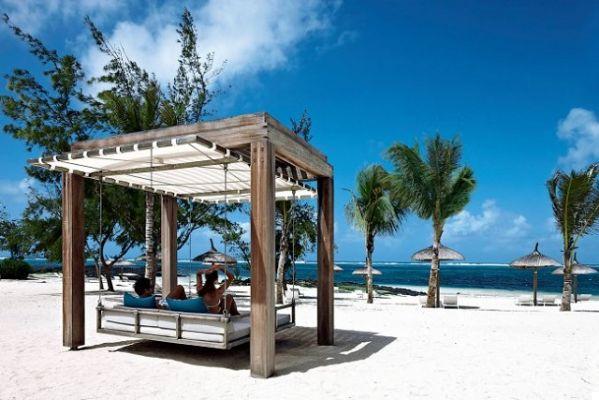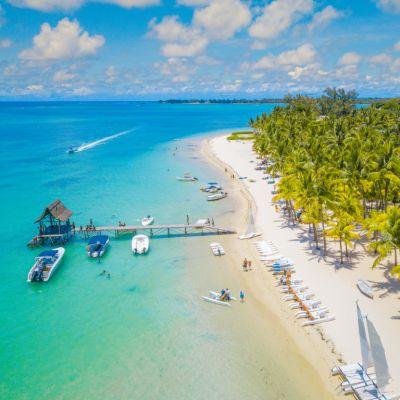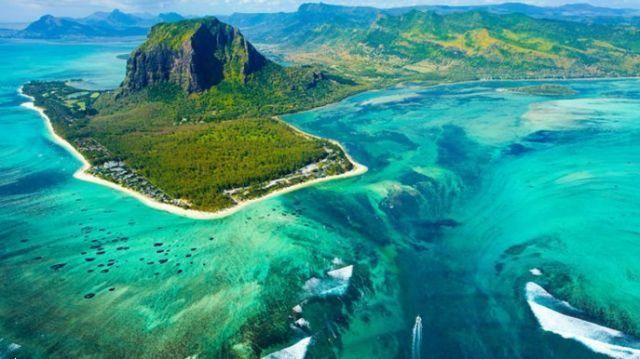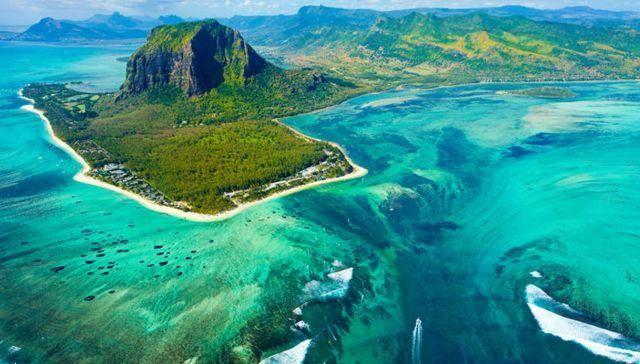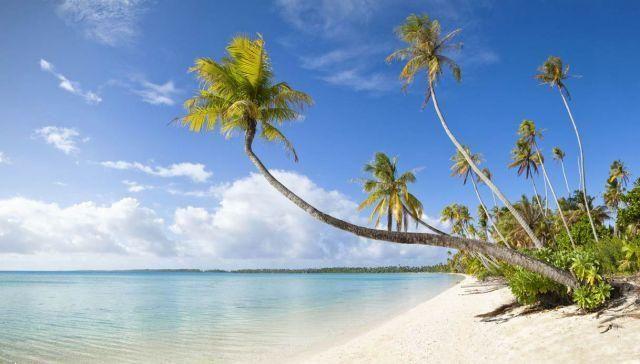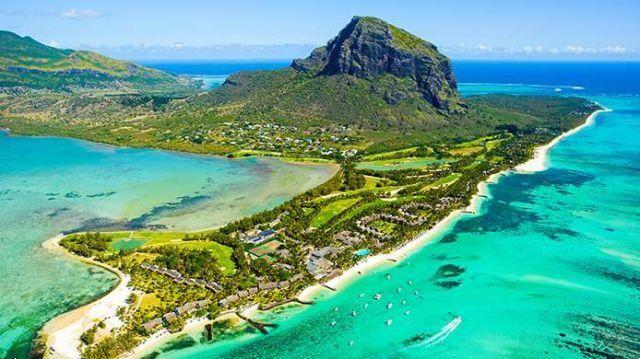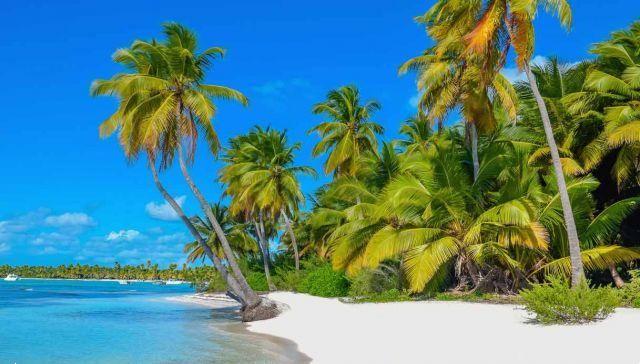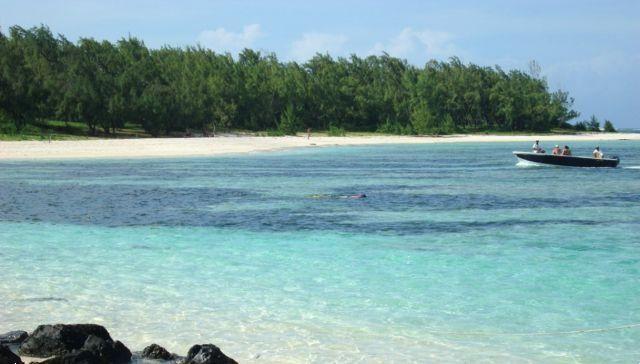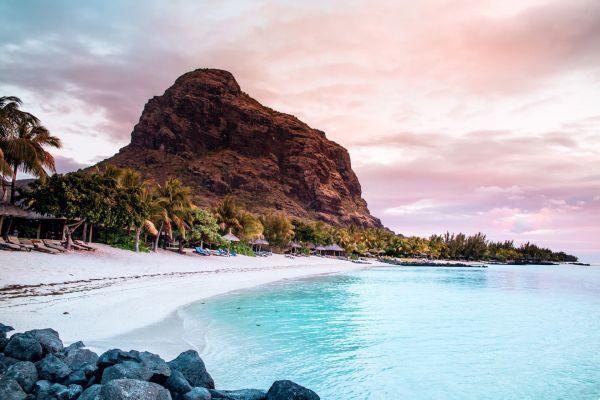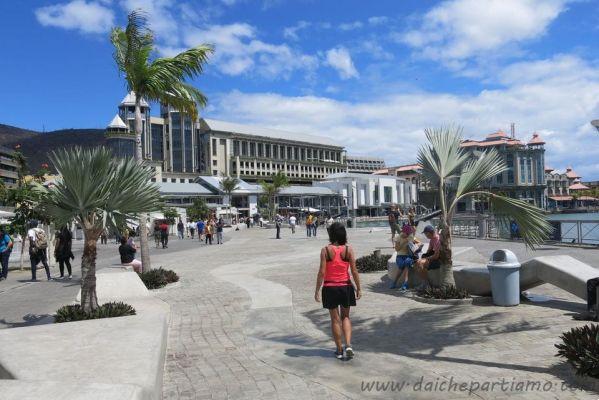 Sightseeing tour in the capital of Mauritius: when to go to Port Louis, to discover the traditions, folklore and culture of the island
Sightseeing tour in the capital of Mauritius: when to go to Port Louis, to discover the traditions, folklore and culture of the island
Mauritius, island in the Indian Ocean, about 550 kilometers from Madagascar, is among the most prosperous destinations in Africa, a true tropical paradise with many attractions. A turquoise sea, white beaches dominated by volcanic rocks, a vast coral reef and spectacular dense and colorful vegetation offer visitors a thousand ways to spend an unforgettable holiday in a dream place. The heart of this corner of tropical paradise also and above all beats within its capital, Port Louis.
If you decide to take a holiday in Mauritus, Port Louis, it is certainly an obligatory stop regardless of the time of year in which you decide to go. Shopping, culture, cuisine, tradition: here in Port Louis you will certainly be spoiled for choice. Located about an hour's drive from Plaisance International Airport, Port Louis is located on the north-west coast of the island, protected by the small mountain range of the Moka Mountains. The modern capital of this island is a vibrant and multi-ethnic city, overflowing with life and rich in history and unique cultural attractions.
The city was founded in 1753 by the French governor Mahé de La Bourdonnais, who named it in honor of his King Louis XV. Despite being hit by many natural disasters, such as fires, epidemics and tropical cyclones, Port Louis has always recovered, to become one of the most important financial and port centers in Africa.
In this guide we will discover the capital of Mauritius: when to go, what to see, what to do. the starting point of the tour is the most touristy part, the Caudan Waterfront, the wonderful seafront teeming with life and shops but above all the center of nightlife for the whole island.
The ancient mercato central it is the most genuine soul of the island, a large souk with a cheerful atmosphere full of smells and colors where everything is sold, rare spices, medicinal herbs, fine fabrics, tropical fruit, fresh vegetables, cult objects and traditional souvenirs. Once in the city, you will happen to cross the Place des Armes, the main square, and admire some important buildings located around it such as the old municipal theatre, in classical London style built in the 19th century, and the Government House , built at the time of governor Nicolas de Maupin, one of the oldest buildings in Port Louis and today the official seat of the Parliament of Mauritius.
To end your first day in Port Louis, take a tour of its museums, starting with the original Museum of Photography, passing through the postal one and the natural history one. For the more curious tourists, the Port Louis tour can instead take up an entire day to visit the historic building from top to bottom Postal Museum, famous above all for a vast collection of local stamps, such as the famous "Post Office" from 1847, today worth around 1 million euros. Naturalists will appreciate the Natural History Museum, where you can learn about the history of the dodo, the symbol of Mauritus, a funny land bird, similar to a turkey, now extinct.
At the end of the tour of the museums of the capital of Mauritius, go and rest in the cool of the Jardins de la Compagnie and take a break among the palm trees, fountains and paths of the lush gardens, or stroll through the Chinese camp, for a total immersion in Chinese culture among the delicacies and flavors of the many restaurants, shops and food stalls in Port Louis.
A few kilometers from Port Louis, on top of a hill overlooking the city and the port, visit the Fort Adelaide, a fortification built around 1800 to defend the city from the disorders caused by the abolition of slavery. In the surrounding area, there is also the suggestive botanical park of Pamplemousses, a town just 11 kilometers from Port Louis. Famous throughout the world, the Sir Seewosagur Ramgolam Botanical Garden, created in 1767, is enormous and the most striking color is the intense green of the vegetation. On the institutional website of the park, of the government of Mauritius, you can find information on timetables and prices that will allow you to plan when to go.
During a day excursion in the park you can admire a variety of exotic plants, palms and exotic trees of luxuriant beauty. Also beautiful is the lake with giant bright red water lilies, the rubber tree and the rare Talipot palm as well as the famous sausage tree or the one that bleeds. Pamplemousses park also hosts delicious colonial houses which were the residence of the governors of Mauritius and the church of San Francisco, considered the oldest of the Mauritius islands. In the village there are numerous shops where you can buy handicrafts, local clothing, ship and plane models, paintings and jewellery.
In the capital as well as throughout the island of Mauritius, different people coexist beliefs and religions. Hindu, Christian, Muslim and Buddhist men and women profess their faiths in mosques, Catholic churches and temples found on the island. Among the places of worship built over the centuries, it is worth visiting Jummah Mosque, near the Chinatown district: it is the most important mosque in the country furnished in marble and enriched with precious Indian materials, carved teak, and copper engravings. Find out carefully about when it is possible to go and whether it is allowed to visit the inside of the buildings.
An important place of worship of the Hindu community is the Ganga Lake the temple dedicated to Shiva, a large and evocative construction along the banks of the Grand Bassin, known as the sacred lake, which has become an important destination for numerous pilgrims from the Mauritius islands. An explosion of colors and sculptures. All surrounded by lush and lush vegetation typical of tropical countries.
Similarly, the kitchen offers rich and varied flavors and colors: a mix of different cultures and traditions where the main culinary dimension of the island prevails, namely the sea, together with the use of Creole and oriental spices and herbs. Among the recipes from Mauritius we recommend chutney, a recipe from Creole culture with hearts of palm, prawns and meat, dholl puri a soup based on pineapple and spicy sauce, and yum koumg an oriental specialty with seafood and coconut. The traditional local liqueurs are rum, whiskey and alooda, a typical cocktail with alooda seeds and tamarind juice.




